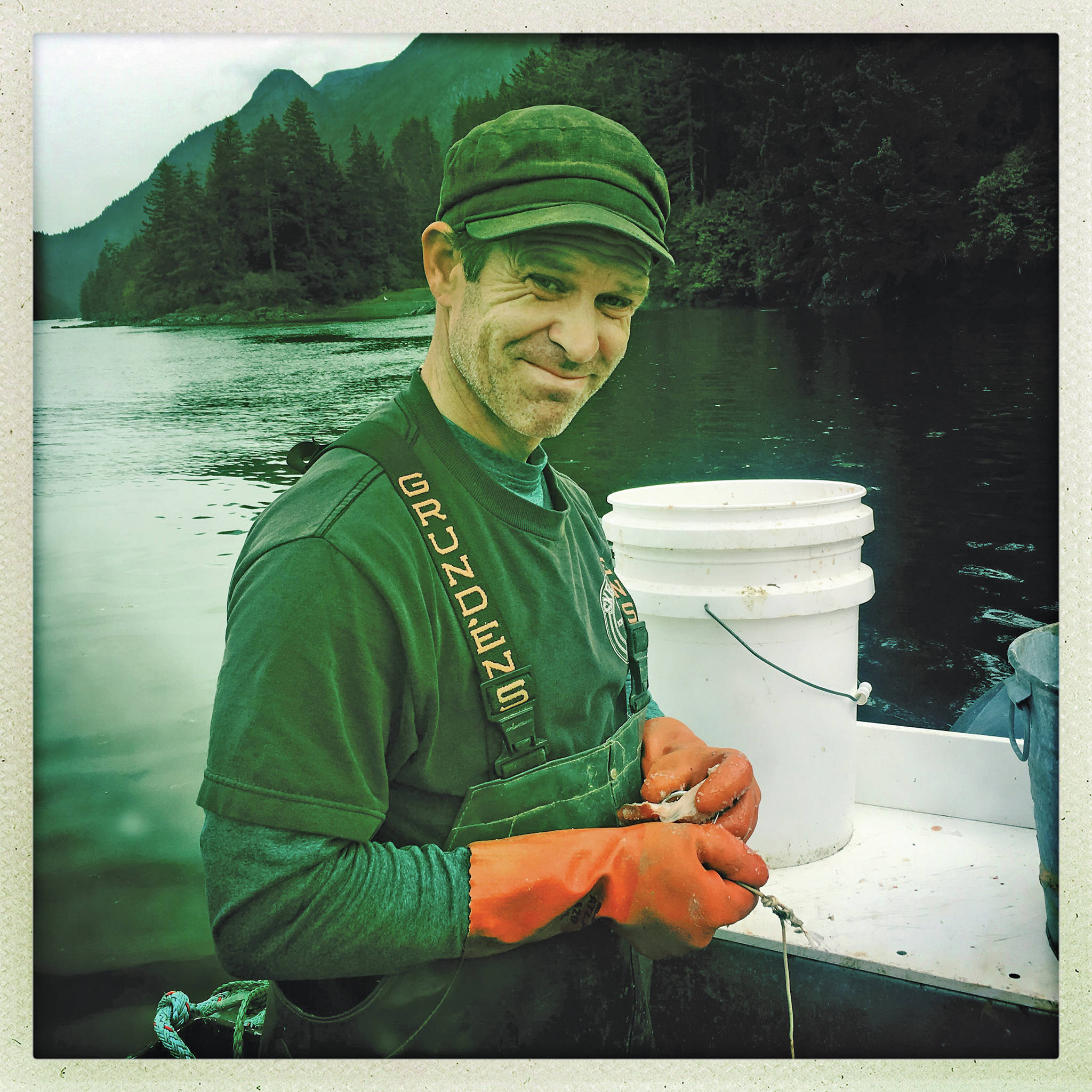The North Pacific Fishery Management Council (Council) is meeting in Homer this week for the first time in 36 years. A major item up for discussion is Bering Sea/Aleutian Island Halibut Abundance Based Management (BSAI Halibut ABM). The action would link the amount of halibut bycatch allowed in other groundfish fisheries to halibut abundance. Halibut bycatch is limited at a fixed amount which comes off the top of the allowable catch under the current management structure. Thus, when halibut abundance declines, the proportion to the bycatch users increases and the amount to the directed halibut users decreases.
The Bering Sea/Aleutian Island halibut bycatch limits are fixed at a total cap of 3,515 tons (over 7.7 million pounds) for all sectors, trawl, longline and pot, with the bulk of the bycatch allowance allocated to trawl fisheries. The trawl fleet operates well under the cap utilizing multiple methods to reduce halibut bycatch. That said, the fixed bycatch allowance does not reflect today’s halibut resource. It is time for a change.
Homer, the Halibut Capital of the World, is an ideal setting to discuss new ways to protect this valuable resource. I encourage community members to come, listen to the discussion and share their experiences. That is what the Council process is designed to do: to listen to stakeholders, to provide insight and to understand the issues not only from a scientific, analytical perspective, but also from the perspective of fishermen and community members.
I believe it is imperative, as a matter of conservation and equity, that the Council continue to move forward and develop an abundance-based management approach that provides the ability for bycatch cap to go up and down based on stock abundance. The fixed cap, under today’s halibut stock status, is both outdated and inequitable.
A 2013 scenario gave us a perfect example of this. The total amount of halibut that could be removed, as determined by the scientific stock assessment at the IPHC, was less than the prospective amount of halibut bycatch allowed. In other words, we didn’t have enough fish in the water to cover allowable bycatch and there would have been no directed fishery. Only emergency negotiations preserved opportunity for directed fishermen. Incidents such as this should catalyze us to pursue changes in fisheries management plans and to seek solutions reflective of current conditions.
Directed halibut users are often small-scale fishermen harvesting halibut one hook at a time. Many operations are family owned and contribute to the livelihoods of captains, crews, vessel owners, and communities throughout Alaska. Halibut fishing is one of the last commercial fisheries that one can participate in with minimal gear and a skiff. Many fishermen across Alaska began their fishing careers as halibut skiff fishers. Therefore, if we want small boat fisheries to remain viable and to support sustainable fishing practices and economic opportunities for Bering Sea and Aleutian Island fishing communities, we need to design management plans to do that.
The Council will be discussing BSAI Halibut ABM on Thursday afternoon, Oct. 3, at Land’s End. There will be an opportunity for public testimony and I encourage you to come and share your thoughts. Find more information on this issue and the Homer meeting at npfmc.org.
Josh Wisniewski is a small boat commercial fisherman and a cultural anthropologist. He sits on the Board of Directors for the Alaska Marine Conservation Council, and lives on the south side of Kachemak Bay.


